| |
|
|
|
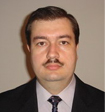
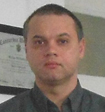 |
|
Assistive technologies for people with disabilities
Moderators: Assoc. Prof. R. BOZOMITU, PhD, and Lecturer C. ROTARIU, PhD
About workshop:
Nowadays assistive technology includes assistive, adaptive, and rehabilitative products and services that are used to increase, maintain, or improve functional capabilities of individuals with many types of disabilities, from cognitive problems to physical impairments.
Assistive technology promotes greater independence by enabling people with disabilities to perform tasks that they were formerly unable to accomplish, or had great difficulty accomplishing, by providing devices, or changing methods of interacting with the technology needed to accomplish such tasks.
In this context the aim of the session is to present and discuss the advances in the research and development of assistive devices and to offer opportunities to the researchers, scientists, and engineers to change ideas, to share knowledge and experience in the field of assistive technology.
The session welcomes papers addressing the following areas (but not limited): Augmentative and alternative communication, Assistive technology for visual impairment, Personal emergency response systems, Mobility impairment and wheelchairs, Assistive technology in sport, Assistive technology in education.
Organizers:
- Gh. Asachi Technical University, Faculty of Electronics, Telecommunications and Information Technology, Iasi, Romania
- Grigore T. Popa University of Medicine and Pharmacy, Faculty of Medical Bioengineering, Iasi, Romania
|
|
|
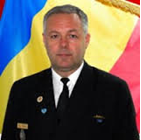
|
|
Bioengineering application for space and security
Moderator: Prof. Ioan CRĂCIUN, PhD, Senior res. Vlad VĂLEANU, PhD, Prof. Radu CIORAP, PhD
About workshop:
Bioengineering had a strong development in the last decades with many applications developed in almost all fields of science.
The efforts for develop new space missions beyond low Earth orbit involve a lot of bioengineering application such as: life support systems that provide a longer periods of time for living in space, development of more efficient scientific instruments and technologies compatible with space exploration, space medicine and telemedicine, water recovery, waste management and more others.
The threats of MICE (Microgravity, Isolation And Confined Environment) and of radiation exposure in Space induce harmful changes at the muscle-skeletal, neurological, cardio-vascular, immune, respiratory, ophthalmic, hormonal systems level as well as in the psycho-mental performance of humans.
The actions to mitigate the induced impairments include physical exercises, diet and medication that addresses the preparation before, the protection during and respectively the recovery after the spaceflight. Those actions are known in the Space Community as Countermeasure.
On the other hand in new international context the necessity for security is very high. Many scientists develop bioengineering applications for military medicine, for monitoring vital signals of soldiers, for telemedicine, advanced prosthetic devices, autonomous robots that are able to search and save people in disaster situations.
The workshop aims to be a platform that joins the researcher from these two fields: space and security, for giving them the possibility to share their work, to spread their ideas and maybe to find solutions for common problems.
Organizers:
- National Defense College – National Defense University ”Carol I”
- Romanian Space Agency
|
|
|
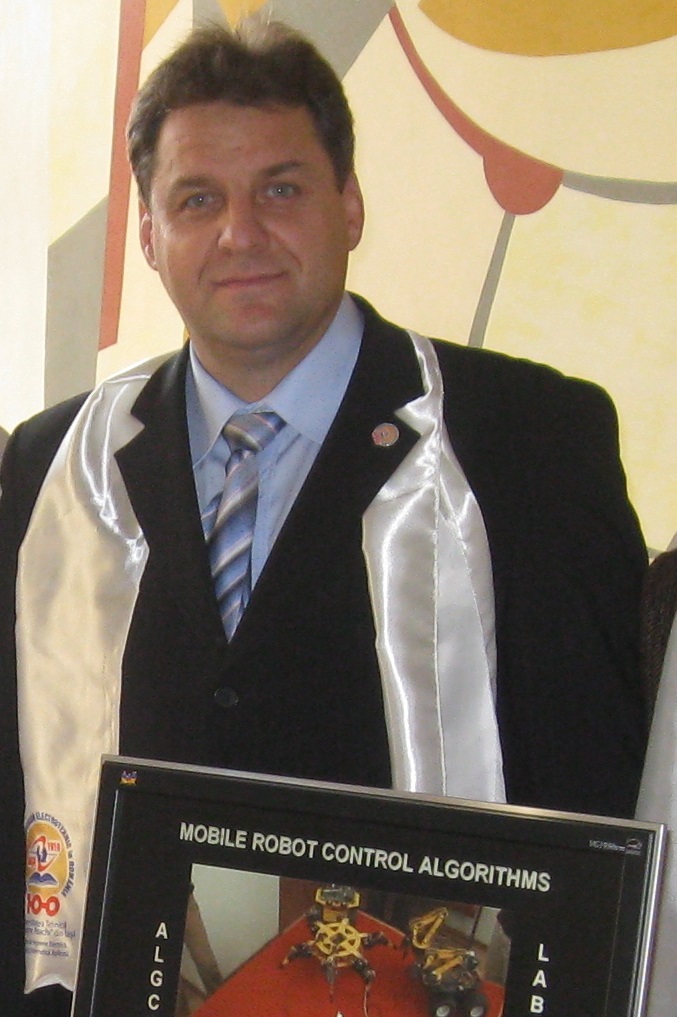
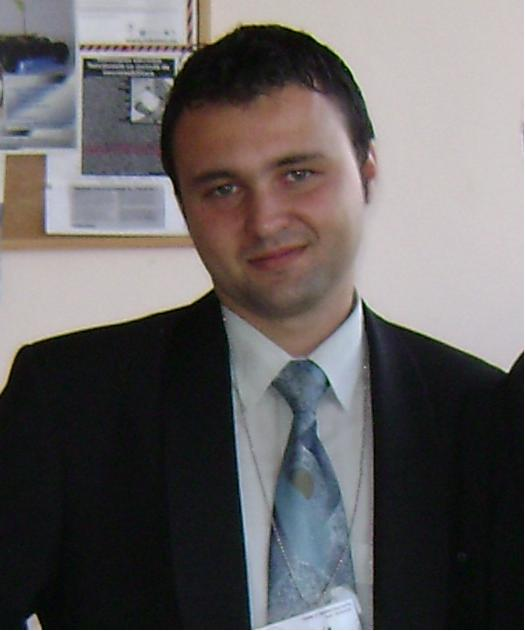 |
|
New advances in motor-recovery neurotechnology by means of Brain-Computer Interfaces, Functional Electrical Stimulation and Exoskeletons to support the upper limb rehabilitation in stroke patients
Moderators: Prof. Marian POBORONIUC, Ph.D. and Dănut IRIMIA, Ph.D.
About workshop:
The latest researches in stroke patient’s rehabilitation techniques argue that repeated movement of the affected upper limb offer the chance to regain its usefulness. Assisting robotics allows patients to perform repeated movements. Such movements can stimulate the brain to regain the upper limb control and the phenomenon has been termed as neuroplasticity.
Functional electrical stimulation (FES) can be used to artificially induce the muscle contraction of innervated muscles, and in combination with upper limb exoskeletons and glove may contribute to a better rehabilitation process of the stroke patient’s upper limbs. Functional Electrical Stimulation (FES) has the potential to restore the body motor functions and it has been recommended as interventional procedure in many countries (i.e. NICE-IPG278, UK). Assisting robotics allows patients to perform repeated movements in a well-controlled manner, while the FES-based activation of the muscles helps the brain to relearn the day life movements.
Brain-computer interface (BCI) is a new technology with a potential to restore, substitute, or augment lost motor behaviors in patients with neurological injuries. Just imagine that a patient may control a neuroprosthesis by his/her own thoughts.
The workshop deals with new proposed systems (EXOSLIM, IHRG) consisting in a mechanical structure of exoskeleton type, anthropometrically dimensioned, aiming to ensure the basic anatomical movements in stroke patient’s upper limb and hand, as well as muscle control by means of functional electrical stimulation (FES). Instead of using the traditional surface electrodes some electroconductive yarns which can be easily and effectively integrated into textile structures may provide the electrical stimulation over the muscles (patent request no. A/00673/21.09.2015). Motor Imagery based BCIs can induce neural plasticity and thus serve as an important tool to enhance motor rehabilitation for stroke patients. A new system that integrates BCI and FES techniques aiming to improve motor rehabilitation for stroke patients will be presented too.
The present research is supported by PCCA 180/2012, PCCA 150/2012 and PCCA 267/2014 grants of the Executive Agency for Higher Education, Research, Development and Innovation Funding (UEFISCDI), as well as international cooperation with the Austrian GTEC company.
Organizers:
- “Gheorghe Asachi” Technical University of Iasi, Faculty of Electrical Engineering, Iasi, Romania
|
|
|
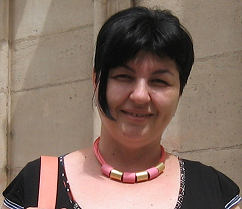
|
|
Implications of Nanofibres and Nanocomposites in Nowadays Dental Medicine
Moderator: Lecturer Irina GRĂDINARU, MD, PhD
About workshop:
This workshop will bring to the forefront the importance of updating the current stage of nanofibers and nanocomposites, as well as the importance of their impact in the medical dental practice.
The oral communications held by prestigious names in the field of research dedicated to nanofibers and nanocomposites will provide a real radiography of the current structure of nanofibers and nanocomposites, detailing the implications their structural variations have in the therapeutic management, but especially in the biomechanical, esthetic and functional field of finite rehabilitations they are part of.
The structural modifications at the level of nanofibers and nanocomposites certainly influence the biomechanics, esthetics and biocompatibility level of finite restorations they are part of. The researches in this complex field involve interdisciplinary studies pertaining to the synthesis of these structures, as well as to their behavior depending on the clinical particularities that require them in the therapeutic field
Organizers:
- This workshop is organized within grant No. 31589/23.12.2015, funded by Grigore T. Popa University of Medicine and Pharmacy Iasi
|
|
|
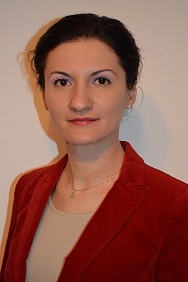
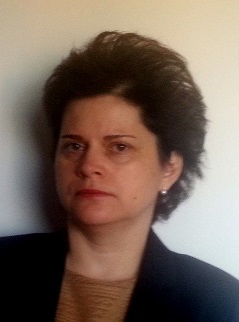
|
|
Medicine and Informatics
Moderators:
Prof. Marcel COSTULEANU, MD, PhD
Lecturer Adina Carmen ILIE, MD, PhD
Assist. Prof. Dr. Anca MUNTEANU, MD, PhD
About workshop:
Medical informatics deals with the use of IT&C technologies in health care and represents the interdisciplinary study of the design, development, adoption and application of IT-based innovations in health care services delivery, management and planning.
This multidisciplinary field utilizes health information technology to improve health care through a mix of higher quality, higher efficiency (stimulating lower cost and consequently wider availability). Its resources, devices, and methods are involved in optimizing the acquisition, storage, retrieval, and use of information in health and biomedicine.
Health informatics tools consist mainly in computers, formal medical terminologies, clinical guidelines, and information and communication systems.
Clinical care, dentistry, pharmacy, public health, nursing, occupational therapy, physical therapy, (bio)medical research, and alternative medicine are the main fields of application.
Organizers:
- Grigore T. Popa University of Medicine and Pharmacy, Faculty of Medicine, Iasi, Romania
|
|
|
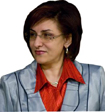 |
|
Modern methods of learning in dental medicine
Moderator: Prof. Norina Consuela FORNA
About workshop:
The purpose of this workshop is to individualize the opportunity to use top technologies
such as 3D-DentSim simulation system and 3D Robodent navigation system
in oral implantology, both devices having a considerable impact on dental medical practice.
In the didactic process, the simulation plays an essential role, being employed as the first
step in learning practical maneuvers and allowing the cultivation of practical abilities for each clinical
entity of dental medicine. The complexity of the simulation includes developing stages beginning with the
preparation of the arcade on the mannequin-systems and proceeding with the computer assisted simulation
itself, the high quality of the equipment producing the exact maneuver and preparing the required ideal
forms.
The use of 3D-DentSim simulation systems makes possible the creation of high precision
restorations and the development of backups preserving maximum exigency approaches.
Oral implantology, a challenging domain of dental medicine, brings together methods and
techniques characterized by a high level of complexity, which have a profound impact on the clinical
outcome. The formative aspects in this field can be materialized through the latest surgical techniques of
distance transmission in nowadays oral implantology.
These techniques are used to address the social cases that offer in a spectacular way the
chance of full reestablishment of the lost functions caused by edentation.
The special impact of the introduction of these techniques is reflected in the
practitioners’ capacity to successfully approach at any moment unexpected situations that appear in
everyday practice by acquiring practical abilities that allow quick and efficient technical interventions,
which form the basis of the therapeutic success in any clinical situation. The contribution of the
robot–based high-technologies to the clinical result is spectacular, offering both precision and a
reduction of the failure rates in dental medicine.
Organizers:
- Grigore T. Popa University of Medicine and Pharmacy, Faculty of Dental Medicine, Iasi, Romania
|
|
|